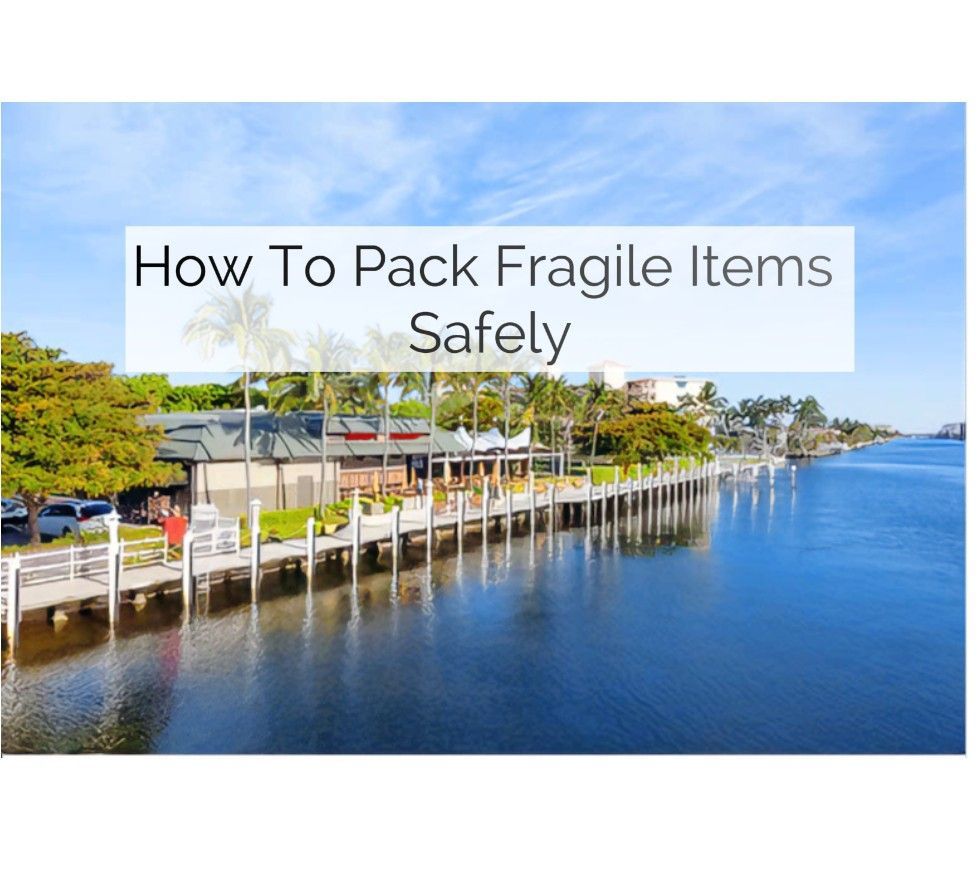Moving from one city to another requires thorough planning, organization, and research. Understanding the cost of living is crucial, as well as finding the ideal neighborhood, organizing your belongings, locating a reliable moving company, and preparing to settle into your new home.
Each step is essential and different to moving to another state. Therefore, let’s break down each one in detail!
Research the new city
If I want to move to a new city, thorough planning, organization and research is necessary, ranging from costs of living, housing options, job market, and weather conditions.
Cost of living
Researching day-to-day activities such as shopping and public transport is one of the first things you can do when choosing your new home. Plenty of tools are available on the internet to make the research smoother, which can provide in-depth comparisons between multiple cities of your choice.
Housing Options
Finding a place that respects your budget is not the only factor to consider. Exploring neighborhoods is also important for you and your family; this includes finding a safe, cozy neighborhood with various amenities close to your workplace or your children’s school.
You may also want to choose the type of house that would suit you best, such as apartments or single-family homes. Seeking advice from real estate agencies or comparative websites will help, on top of visiting the city and its different neighborhoods to get a feel out of them and find your perfect place to call home.
Job Market
Now that you’ve decided on where to live, you must ensure that you can secure financial stability. Searching for jobs in your area on LinkedIn and Indeed can be a good way to find out which industries are dominating the market and what options are available to you. You may also want to dig further by attending job fairs and getting in touch with professionals to increase your chances of finding a dream job.
Education
If you’re not interested in a job for now due to your education or if you have children, researching educational resources is yet another important factor to consider; make sure that the local schools suit your needs using an online source, where users can leave reviews on schools their children have been to. For higher education, visiting them and finding out what they offer will allow for better insight.
Weather Conditions
Moving to a new area means acclimating to new weather patterns. Researching weather patterns on websites such as Weather.com will allow you to know what to expect throughout the year, such as temperatures or extreme weather conditions like hurricanes and snowstorms. With this information, you will know how to adjust to your new home, including clothing or transport methods.
Make a Moving plan
Making a moving plan is essential to understanding how to move to a different city! It helps you stay organized, and ensure nothing is overlooked.
Set a Moving Budget
Establishing a budget when planning a move to another city is important, as it helps manage finances and minimize stress. The budget should encompass various aspects:
- Moving services
- Potential moving insurance
- Packing supplies
- Temporary housing planned
- Travel costs
- Deposits
Please be sure to include that in your budget as well.
Book a Moving Service
After setting up your budget, you should choose a moving company. It is recommended that you book a moving service in advance to ensure availability and ease of mind. Asking friends and family or reading reviews online can be a good start, but check if the company is licensed and insured and watch out for additional fees.
Rent a Storage Unit
Renting a storage unit can be useful if some items aren’t needed or there’s not enough space in your new home. Checking and comparing the prices, access hours, and security of storage units near you can help you feel less overwhelmed should there be any issues with your new home and excess items.
Notify Important Parties
Once the moving plan is set, updating your address is essential. Your bank, credit card company, insurance, and post office are among the first parties you should contact. Then, updating your address with utility companies, delivery companies, subscriptions, or memberships will ensure that nothing gets canceled, or your packages arrive at the right destination.
Pack and Organize Belongings
The moving plan is set, it is now time to organize the start of your moving process. This will allow you to save time, ensure that your items arrive safely, and reduce stress.
Make a Moving Checklist
A detailed checklist will help you stay organized and track moving tasks. Notifying the owner, breaking down large tasks into smaller ones, and setting deadlines for each will allow you to manage your time more efficiently and make the process feel less overwhelming.
Collect Moving Supplies
Packing tape, bubble wrap, and packing paper are essential supplies to ensure that the packing process is efficient and protects your items during the move. Make sure to gather sturdy boxes and specialty boxes for specific items such as dishes and electronics in order to keep your belongings safe from any damages.
Label Boxes
Keeping your belongings safe in boxes is important, and labeling each box is just as crucial. This ensures that movers can easily place the boxes in the correct rooms, and using a permanent marker on the side of each box improves visibility. At the same time, a numbering system helps you track exactly what’s inside each box.
Separate Valuables
Keeping your valuable belongings like jewelry or important documents in a separate, secure container such as a small safe, or a strongbox is important in case of theft. Preferably, you may want to keep that box with you during the moving process. This will help make you at ease knowing your most valuable belongings are near you.
Double-Check the Details
Call your moving company and other services involved to confirm all arrangements and details such as the date, time and address before the moving process in order to avoid any last-minute surprises and guarantee a seamless moving process.
Pack Essential Items for Moving Day
You may or may not have direct access to your home right away, which is why it is necessary to pack a few essential items in case, such as snacks, water, medications, phone chargers and clothes. This will ensure that you’re still comfortable during the moving process.
Settling Into Your New Home
The moving process is now complete, it is time to settle into your new home and turn it into a comfortable space that fits you and your family best.
Unpack the Essentials
Unpacking first necessity items is what you’ll want to do right away in order to make your new home functional for the first few days. Start by unpacking the items you will use daily, such as kitchen supplies, toiletries, clothes and bedding.
Set Up Your New Home
Once the essentials are all taken out, you can contact utility companies to provide you internet, gas, electricity and water. Then, you may start arranging your home with your furniture to make yourself comfortable. Make sure to prioritize the bathroom, the bedroom and the kitchen.
Explore Your New Location
Get to discover your new environment. You can visit the local shops, parks and restaurant and other points of interest to get a feel of your new surroundings and introduce yourself to the locals. Meeting neighbors and joining clubs can help you blend in with the people living there and create some new bonds.
Find New Providers
Keeping you and your family safe is the next important step in starting your new life, and you can do so by searching for a primary care doctor and veterinarian if you have pets. Asking people for recommendations or making your own research online can be a good way to find vital services that will suit you best.
Update Contact Information
Make sure that any remaining services have your new address to avoid any mistakes. Once that is done, letting your friends and family know about your new address should be the next step, allowing them to visit you or send mail to your new home.
Establish Your New Routine
A new home calls for a new routine to keep a healthy and structured lifestyle, therefore having a new schedule that sets meal times and activities such as going to the gym, park or school will make it easier for your family to adapt to the new home and neighborhood.
So, Are You Ready for a New City?
It’s a big step, but with our professional and insured movers, it can be smooth and stress-free.


